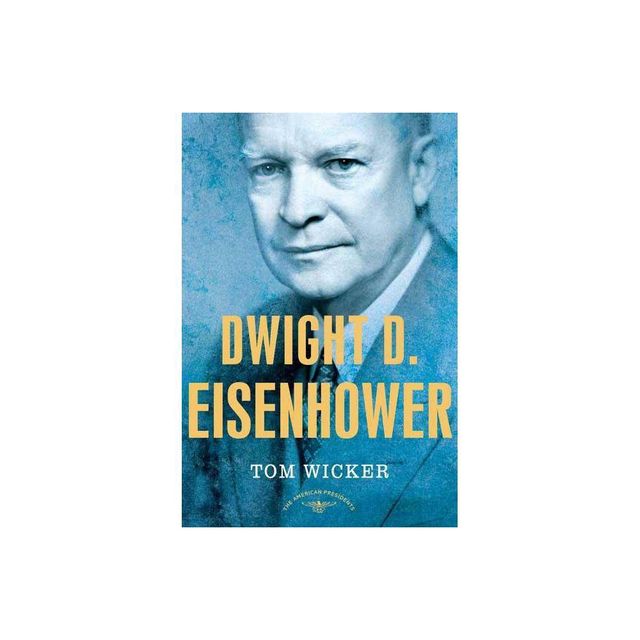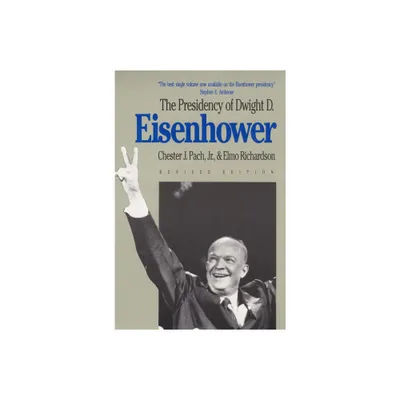Home
Security with Solvency: Dwight D. Eisenhower and the Shaping of American Military Establishment
Loading Inventory...
Barnes and Noble
Security with Solvency: Dwight D. Eisenhower and the Shaping of American Military Establishment
Current price: $95.00


Barnes and Noble
Security with Solvency: Dwight D. Eisenhower and the Shaping of American Military Establishment
Current price: $95.00
Loading Inventory...
Size: Hardcover
*Product Information may vary - to confirm product availability, pricing, and additional information please contact Barnes and Noble
During World War II, General Dwight D. Eisenhower became convinced that the era of separate land, sea, and air operations was over and that future military operations would involve all three elements acting in concert. He foresaw that, once peace had been restored, the waste and duplication of effort which characterized America's military operations during the war would not be tolerated by an economy-minded Congress. A fiscal conservative, Eisenhower saw national security as dependent upon maintaining a healthy economy and a strong military. His goal, therefore, was the achievement of an efficient, properly balanced military establishment within the context of a healthy economy through the unification of the services into a single Cabinet level department.
As Army Chief of Staff, adviser to Secretaries of National Defense James Forrestal and Louis Johnson, and then as president, Eisenhower was a leader in the effort to achieve unification. The final result of these efforts, the Military Reorganization Act of 1958, did not encompass all of the changes that Eisenhower originally sought. However, he had been instrumental in transforming the unorganized military establishment of pre-war America into a highly centralized organization led by a powerful secretary of defense. This structure would remain unchanged for twenty-eight years.
As Army Chief of Staff, adviser to Secretaries of National Defense James Forrestal and Louis Johnson, and then as president, Eisenhower was a leader in the effort to achieve unification. The final result of these efforts, the Military Reorganization Act of 1958, did not encompass all of the changes that Eisenhower originally sought. However, he had been instrumental in transforming the unorganized military establishment of pre-war America into a highly centralized organization led by a powerful secretary of defense. This structure would remain unchanged for twenty-eight years.


















